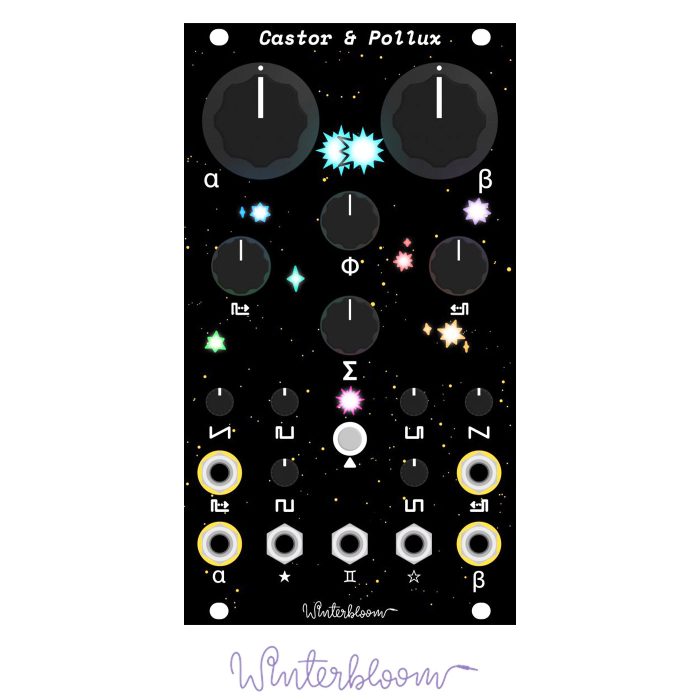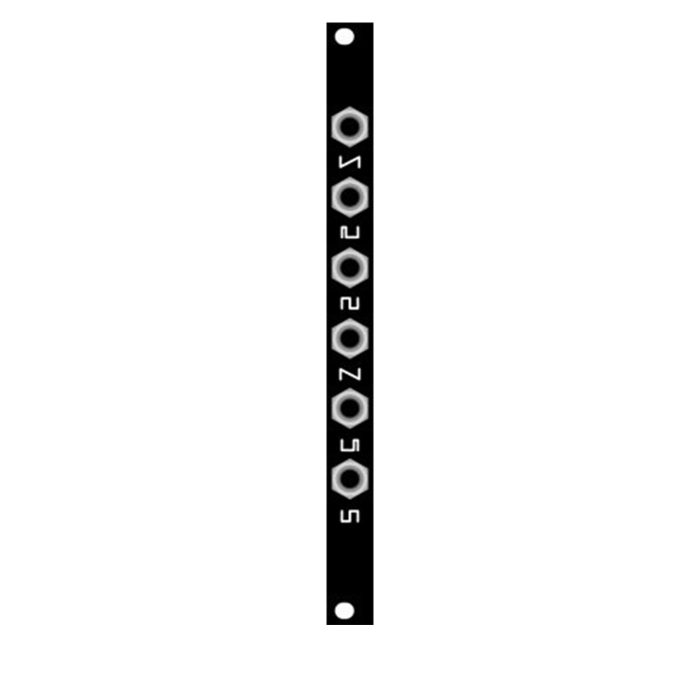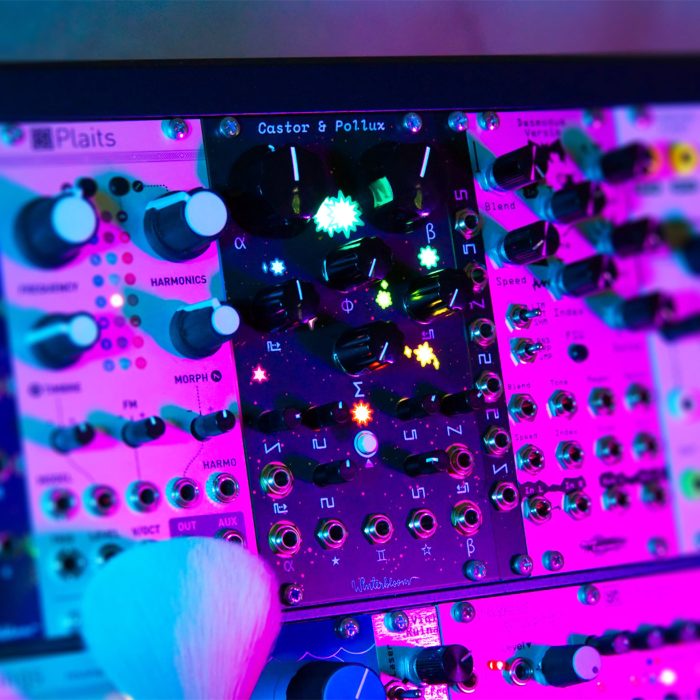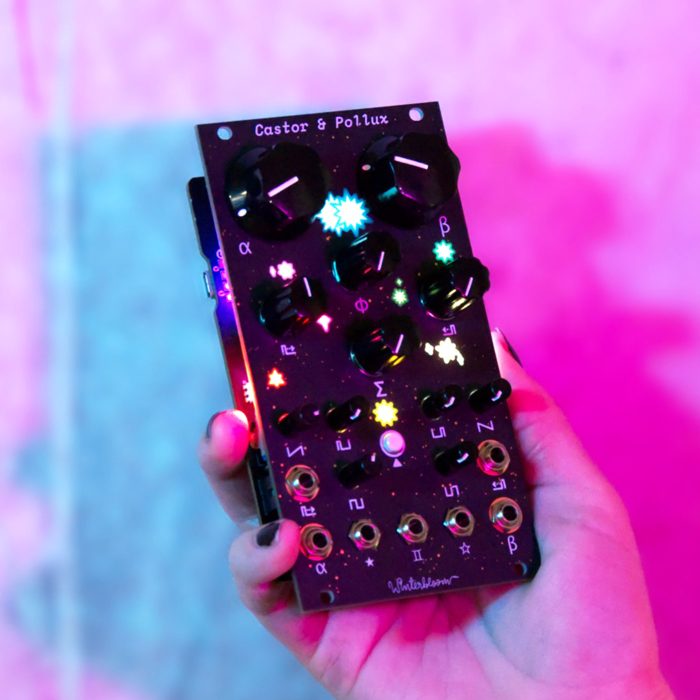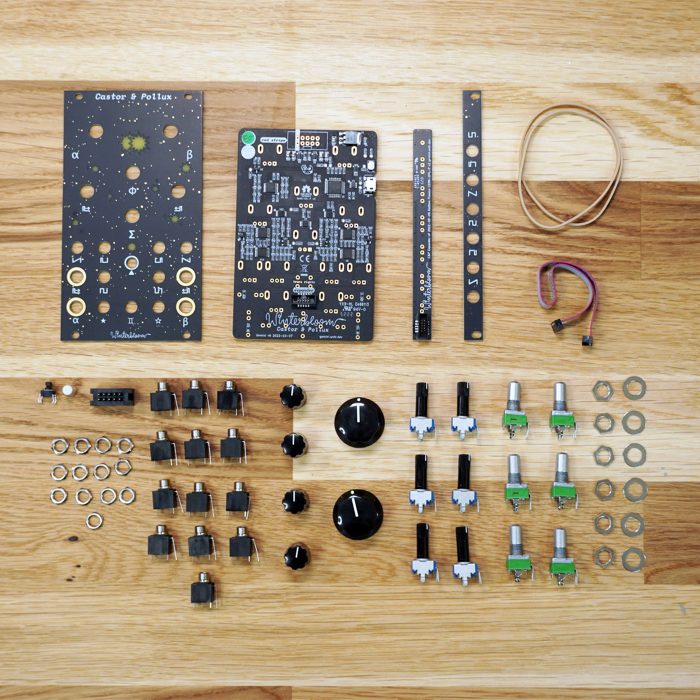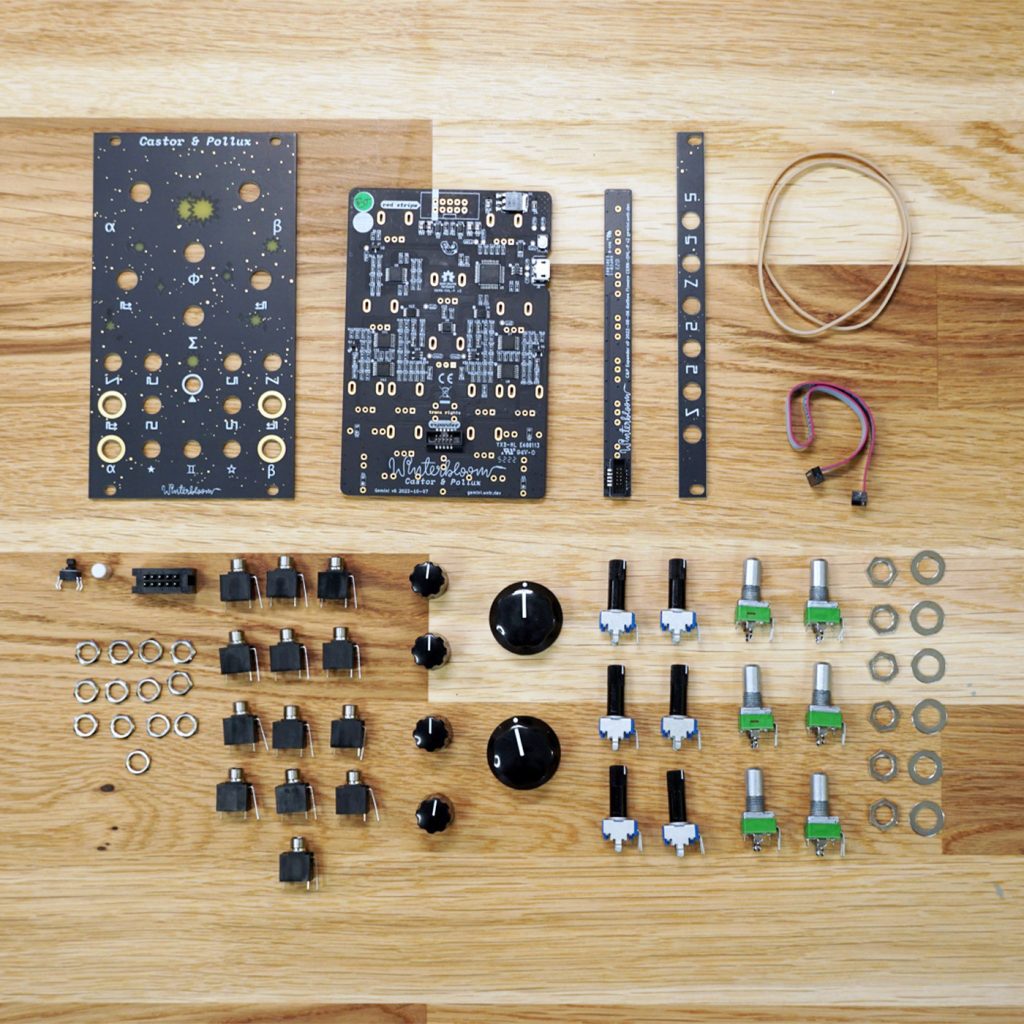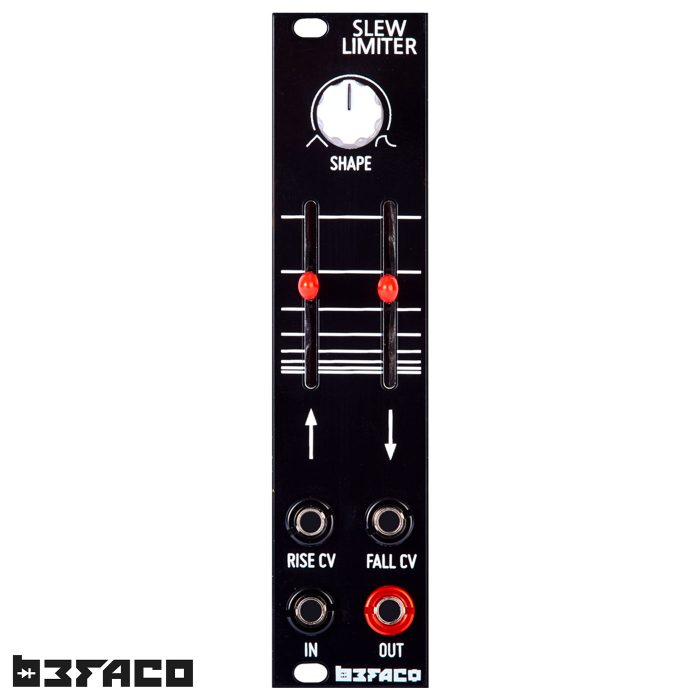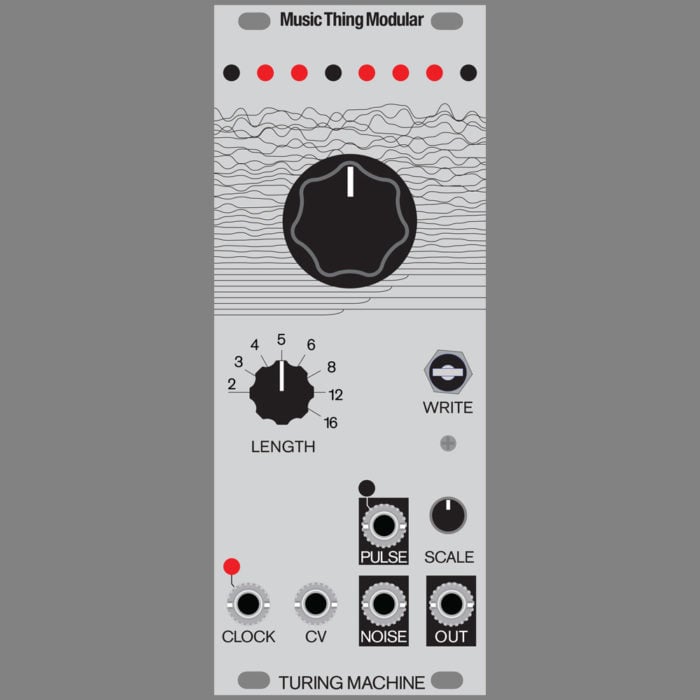Description
Castor & Pollux is a dual oscillator that echoes back to the legendary Roland Juno but shines with its own unique, massive voice. It contains two digitally-controlled analog oscillators implemented using a faithfully modernized version of the original Juno 106 design. It builds on the classic ‘80s sounds of its inspiration by using the second oscillator and internal LFO to layer in thick detuned sounds and harmonically complex hard synced waveforms.
Castor & Pollux II brings a redesigned interface and moves individual waveform outputs to an included expansion. Both versions have the same features and use the same firmware.
All surface-mount parts are already soldered and the mainboard has been programmed, tested, and calibrated.
Features:
- Two separate oscillators with a 7 octave range
- Separate ramp, pulse, and sub outputs for each oscillator (when using the included Output Expander module)
- Each oscillator has its own mixer to combine the ramp, pulse, and sub waveforms into a single output
- A combined output with a cross-fade mixer
- Pitch CV in (0v to 6v) and pitch offset knobs (-1 oct to +1 oct) for each oscillator – the pitch offset knobs have a non-linear response which makes it easier to tune the
- oscillators.
- Pulse-width CV in and knob for each oscillator
- Hard sync mode that syncs the second oscillator to the first
- Built-in low-frequency oscillator (LFO) that can be used to modulate the pitch of the second oscillator. It can also be used to provide pulse-width modulation to both oscillators.
Specs:
- Width: 14HP (16HP with expander)
- Depth: 20mm
- Power Consumption: +100 mA, -35 mA
Castor and Pollux II – Manual | Build Guide | Github

